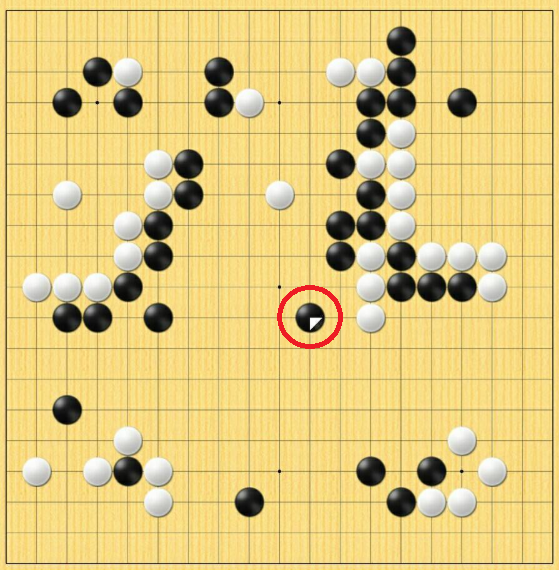
Prologue — The Beginning of All Questions
We encounter light every day.
The morning sun, the starlight at night, the familiar scenery illuminated under a lamp.
But when we closely examine the essence of light—the photon—we find ourselves quickly swept into cosmic confusion.
Does light truly exist?
Can light disappear?
Where do the stars’ emitted energies ultimately go?
And how do all these phenomena relate to the ultimate fate of our universe?
This article follows that thread—
a small intellectual journey through one of the biggest questions we can ask.

1. Is Light Real? — Energy Without Mass
Light, or photon, is one of the most fundamental components of our universe.
A photon is both a wave and a particle that carries energy,
yet it has zero rest mass.
This does not mean it is nothing. On the contrary:
Photons:
- Carry energy
- Possess momentum
- Are influenced by gravity
- Actively participate in the universe’s physical laws
These features make the photon a paradoxical entity:
It exists, but it has no tangible substance.
You cannot touch a photon. You cannot trap it in a jar.
Yet without photons, life, energy, time—even existence—would be impossible.
2. The Life of a Photon — Birth, Travel, and Disappearance
Photons are born whenever energy transforms.
For example:
- When an electron drops from a high energy level to a lower one
- During nuclear fusion at the sun’s core
- Even when a fluorescent lamp in your room lights up
Once born, a photon travels at the speed of light—
it cannot stop, and it cannot slow down.
So, do photons exist forever?
No.
Photons interact with matter—through absorption, scattering, or reflection—and in doing so, they are “destroyed” as particles.
However, their energy transforms into other forms such as heat, motion, or electronic excitation.
The photon disappears,
but the energy it carried remains.
This is the essence of the First Law of Thermodynamics—the Law of Energy Conservation.
3. The Universe Filled with Light — Ever-Expanding Photons
The starlight we see in the night sky has traveled for tens, hundreds, or even billions of years.
In fact, many of the stars that emitted that light may no longer exist.
Those photons continue to travel across the expanding cosmos.
But as the universe expands, the wavelengths of these photons stretch, reducing their energy.
- Visible light becomes infrared
- Infrared becomes microwave
- Eventually, they blend into the cosmic background
What remains is the Cosmic Microwave Background (CMB)—
the faint echo of photons born just after the Big Bang, over 13.8 billion years ago.
4. Does Light Disappear? — The Depth of Thermodynamics
If photon energy continues to spread and dilute,
what becomes of the universe in the end?
This question intersects with the Second Law of Thermodynamics, which states that entropy always increases.
From this arises the concept of the universe’s “Heat Death.”
- All stars will eventually burn out.
- Even black holes will evaporate.
- What remains will be a thin soup of near-zero-energy photons, neutrinos, and dark energy.
The photons still exist—
but their energy is so diluted that it has no practical meaning.
Here lies the paradox:
Energy is never destroyed, yet its usable form disappears.
Thus, one could say that light both disappears and does not.
5. Is Energy Conservation Absolute? — A Conflict with Relativity
Einstein’s General Theory of Relativity tells us that space itself is expanding.
But within that expansion, photon energy is observed to decrease—a phenomenon not yet fully explained.
As space expands, photon wavelengths stretch → energy decreases.
Where does the lost energy go?
This is still a mystery.
It lies at the intersection of thermodynamics, relativity, and quantum mechanics—
a place where modern physics has yet to find a unified answer.
We observe the “dilution” of energy,
but we do not know where the lost energy actually resides.
6. Light and Consciousness — “I Am a Photon”
At the end of this scientific inquiry, we reach a deeper question:
Who is the “I” asking this question?
Am I merely a receiver of photons?
Or am I the universe’s consciousness—a speck of awareness by which the cosmos observes itself?
Light has no shape. No mass.
Yet through light, we derive life, consciousness, information, and thought.
Light is not just a particle.
It is a conduit—for being, for change, for time and life.
Conclusion — Light Does Not Disappear; It Merely Loses Its Meaning
Does light disappear?
Physically, photons can vanish through interaction,
but the energy they carry continues to exist somewhere in the universe.
Until the end of time,
that energy will continue to spread,
its meaningful interactions will diminish,
and entropy will increase.
Yet something undying remains:
The promise of conservation—that energy never truly dies.
And that same energy is, at this very moment,
fueling your mind as you read and reflect on this idea.
“Light does not disappear. It only loses its meaning.”
References
- S. Hawking, A Brief History of Time
- B. Greene, The Fabric of the Cosmos
- R. Feynman, QED: The Strange Theory of Light and Matter
- NASA: Cosmic Microwave Background Research
- Thermodynamics of the Expanding Universe (2022)
view korean version






